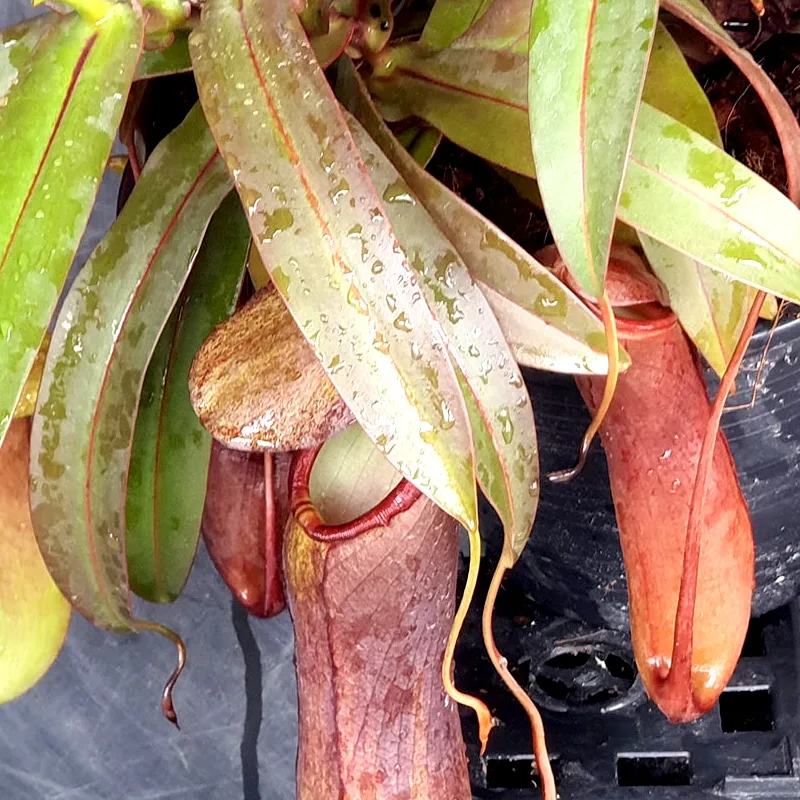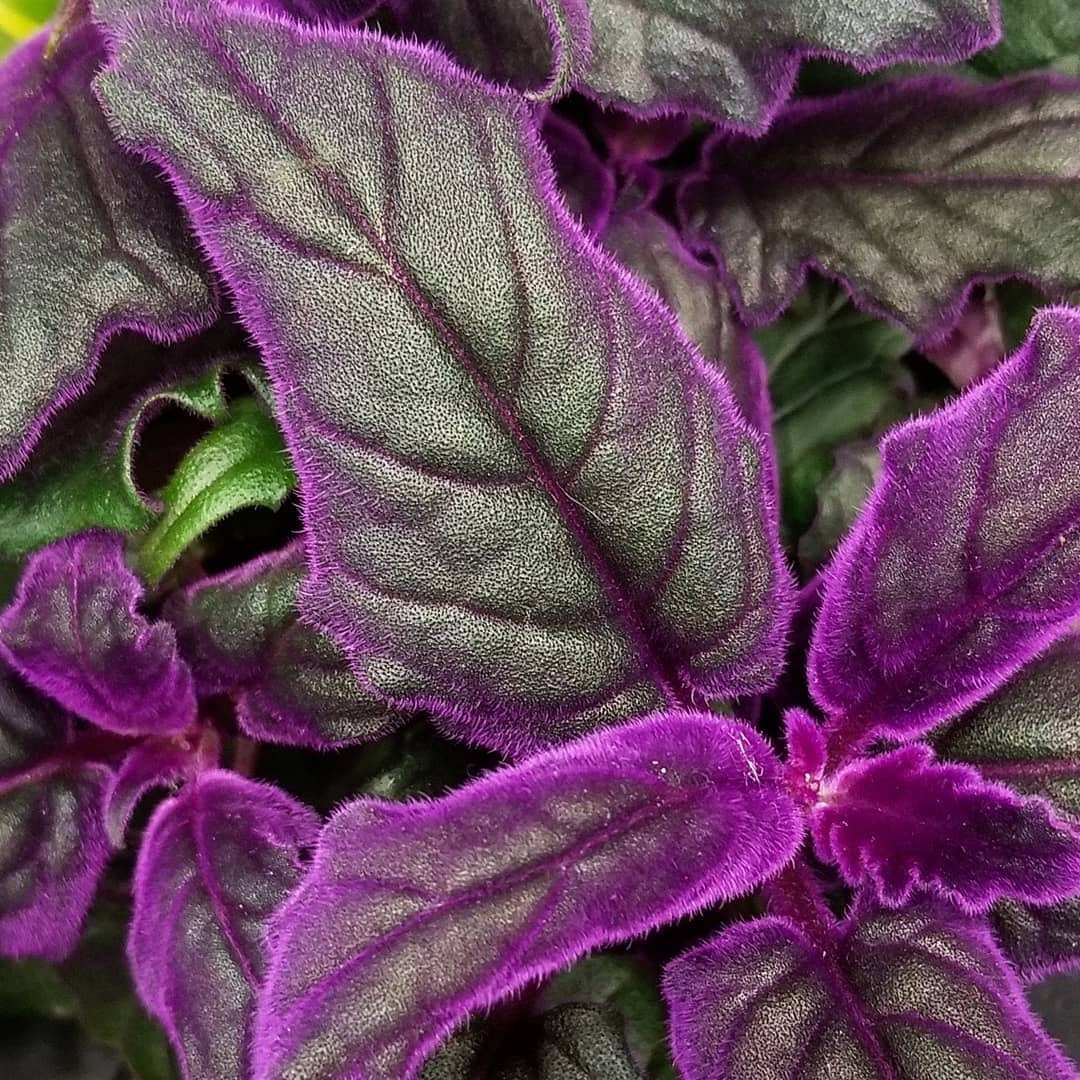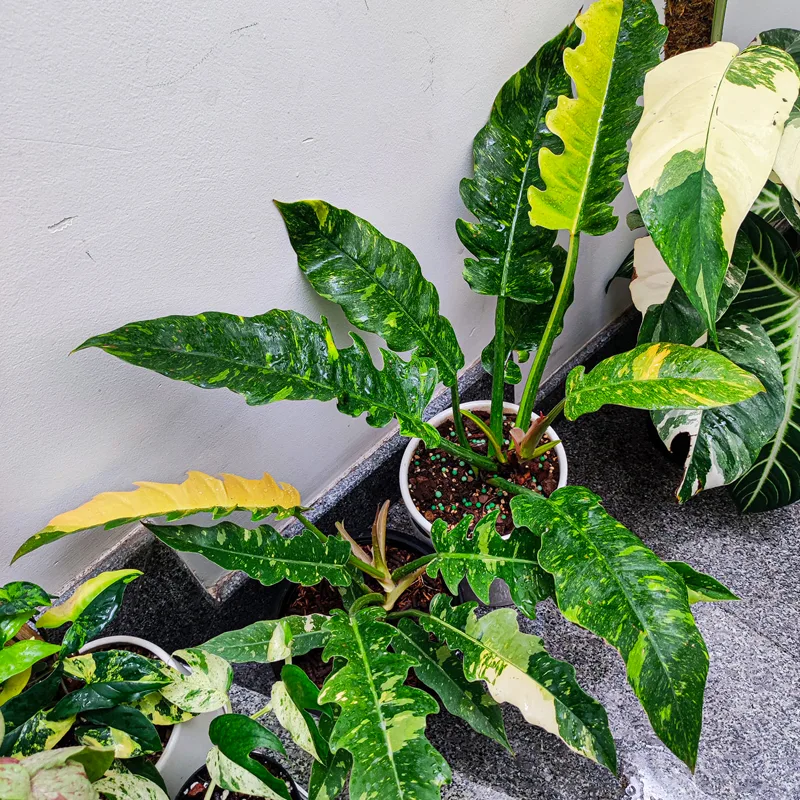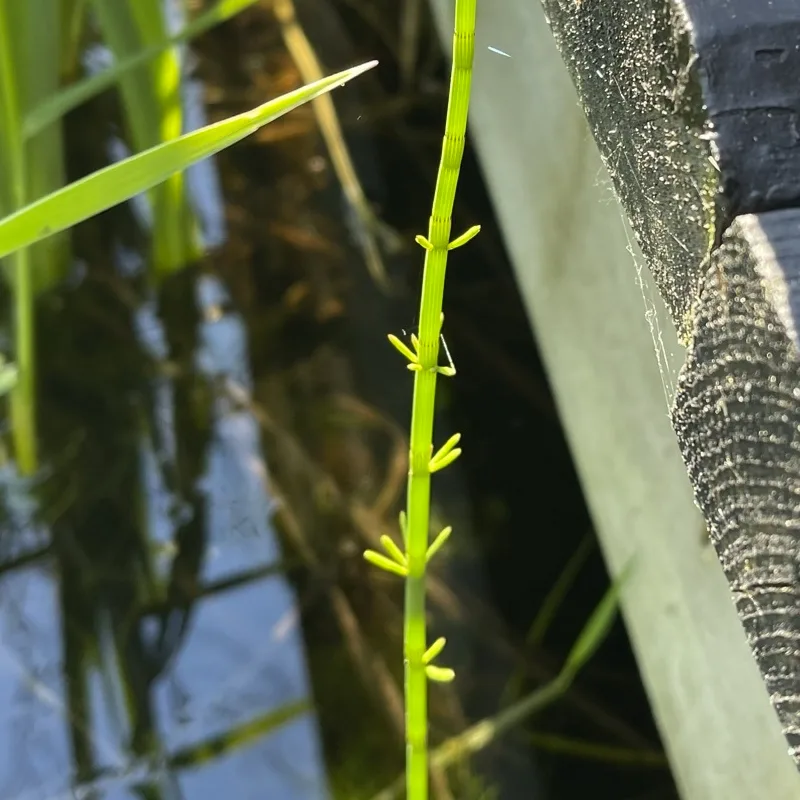A Journey into the World of Musaceae: My Personal Encounter
As a passionate botanist, I’ve always been fascinated by the diversity of plant life on our planet. One family that has particularly captivated me is Musaceae. This family, known for its iconic members like bananas and plantains, holds a special place in my heart. In this article, I’ll share my personal journey exploring the captivating world of Musaceae, from its unique characteristics to its diverse genera.
Unveiling the Distinctive Traits of Musaceae
Musaceae plants are renowned for their distinctive features that set them apart in the botanical realm. These herbaceous perennials boast large, paddle-shaped leaves with prominent parallel venation. Their leaves emerge from a central pseudostem, a structure formed by tightly overlapping leaf sheaths. The inflorescence, a cluster of flowers, often develops at the tip of the pseudostem.
What truly distinguishes Musaceae is its unique fruit structure. The fruits, known as berries, are fleshy and elongated, often containing numerous seeds. The most familiar members of this family, bananas and plantains, are prized for their edible fruits, which are a staple food in many tropical and subtropical regions.
Exploring the Rich Diversity of Musaceae Genera
The Musaceae family encompasses a diverse range of genera, each with its unique characteristics and ecological roles. Here’s a glimpse into some of the notable genera within this family:
- Musa: This genus is the most recognized within Musaceae, encompassing bananas and plantains. It boasts a wide array of cultivars with diverse fruit characteristics, from sweet dessert bananas to starchy plantains used in savory dishes. – 86 Species in Genus Musa
- Ensete: This genus comprises ornamental plants known for their striking foliage. These plants, often referred to as “false bananas,” are prized for their large, paddle-shaped leaves that add a touch of the tropics to gardens and landscapes.
- Musella: This genus consists of smaller, herbaceous plants with slender pseudostems. While less known than bananas and plantains, Musella species play essential roles in their ecosystems, providing food and shelter for various organisms. – 2 Species in Genus Musella
Musaceae: A Family of Ecological and Economic Significance
Musaceae plants play a vital role in their ecosystems. Their large leaves provide shade and shelter for other plants and animals. Their fruits serve as a food source for various frugivores, including birds, bats, and primates. The decaying leaves and pseudostems contribute to soil enrichment, promoting nutrient cycling.
From an economic perspective, Musaceae holds immense importance. Bananas and plantains are a staple food for millions worldwide, providing essential nutrients and contributing to food security. The ornamental value of Ensete species adds to the economic significance of this family, generating revenue through horticulture and landscaping.
My Personal Connection to Musaceae
My fascination with Musaceae stems from my childhood experiences growing up in a tropical region. I have fond memories of exploring lush gardens adorned with towering banana plants and vibrant Ensete foliage. The sweet aroma of ripening bananas and the rustling of their large leaves created a sensory symphony that captivated my young mind.
As I delved deeper into the world of botany, my admiration for Musaceae grew. I marveled at the intricate structure of their flowers and the remarkable diversity of their fruits. I was intrigued by their ecological significance and their profound impact on human cultures.
Conclusion: A Continuing Journey of Discovery
My journey exploring the Musaceae family has been an enriching experience. This remarkable family has revealed its unique characteristics, diverse genera, and profound ecological and economic importance. From the iconic bananas and plantains to the ornamental Ensete species, Musaceae continues to captivate me with its beauty and significance.
As a botanist, I am committed to further exploring this fascinating family. I am eager to uncover new insights into its evolution, genetic diversity, and ecological roles. I am also passionate about promoting the sustainable cultivation and conservation of Musaceae species, ensuring their continued presence on our planet for generations to come.
My encounter with Musaceae has been a testament to the wonders of the natural world. This family serves as a reminder of the interconnectedness of life and the importance of preserving biodiversity. It is my hope that sharing my personal journey will inspire others to appreciate the beauty and significance of Musaceae and to join me in celebrating the wonders of this remarkable plant family.
If i die, water my plants!



